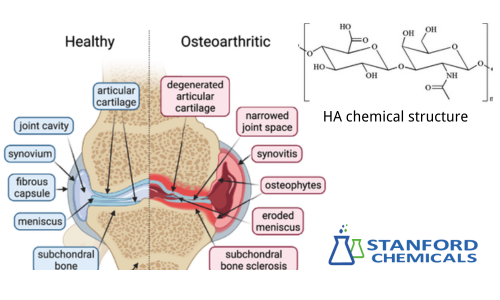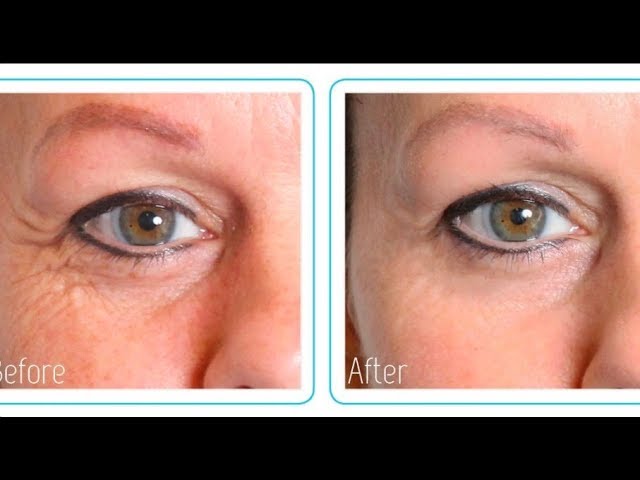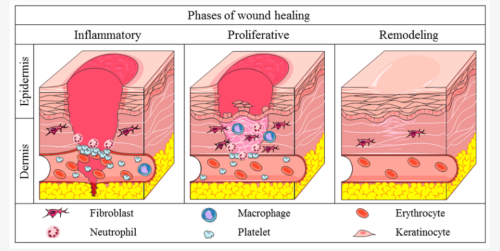The 5 Common Uses of Injectable Hyaluronic Acid
Introduction
With the rapid development of modern medicine and cosmetic technology, injectable hyaluronic acid is attached importance to in many respects. Being an excellent moisturizer with its biocompatibility, hyaluronic acid has developed a wide scope of applications in the field of structure and function improvement. It plays a central role in skin, joint, and eye care and further in surgical treatment in the field of eye diseases. This article shall focus on the five most common applications of injectable hyaluronic acid and further consider its safety record and possible side effects.
What Is Injectable Hyaluronic Acid
Hyaluronic acid (HA) is a naturally occurring polysaccharide in the connective tissues of the body, skin, and eyes. It is known to hold up to 1000 times its weight in water; this helps in lubricating and keeping tissues elastic. Other functions of hyaluronic acid are tissue hydration, cell repair, anti-inflammatory, and as a lubricant in joints and in eye surgery. The injectable hyaluronic acid is extracted and purified in a unique way so that it is safe for injection.
–The Benefits of Hyaluronic Acid
- Moisturizing and hydration: It is able to absorb a lot of water and hold it, thereby keeping skin and tissues hydrated and elastic.
- Tissue repair: The very nature of hyaluronic acid promotes cell growth and tissue repair; thus, it creates less scarring after injury.
- Anti-inflammatory and lubrication properties: In joints and eye surgery, this acts to reduce inflammation and friction, thereby protecting tissues from damage.
The 5 Common Uses
Due to above these properties, hyaluronic acid finds wide application in medical and cosmetic treatments alike.
1. Viscosupplementation
Hyaluronic acid is one of the essential elements used in orthopedics as a joint lubricant. In patients who have osteoarthritis, the reduction in the volume of the fluid may increase the friction and thereby result in pain and inflammation.
Hyaluronic acid is administered into the articulation space. And then it increases the viscosity of the fluid within the joint cavity, facilitating lubrication and cushioning. This relieves pains and improves functions, mostly for those suffering from osteoarthritis of the knee, and possibly delays surgical procedures.
Fig 1. Benefits of HA for joints
2. Ophthalmic Surgery Aid
Hyaluronic acid finds applications in ophthalmic surgery, primarily as an intra-ocular filler. Hyaluronic acid facilitates smooth functioning and protects the corneal endothelial cells. In addition, HA can maintain the structural integrity of the eyeball during procedures such as cataract removal or corneal transplants.
At the same time, its high viscosity and elasticity minimize trauma during surgery and allow a much smoother operation. HA further eases recovery from the surgery and reduces post-operative complications.
Fig 2. Ophthalmic Surgery Aid
3. Dermal Fillers
Hyaluronic acid has been one of the finest uses in non-surgical facial treatments as a dermal filler. HA, when injected into the skin, fills in wrinkles and restores volume to the skin, giving the skin elasticity and more radiance. Such products are used in plumping up the lips, smoothing out nasolabial folds, defining cheek bones, and the chin.
The advantage of hyaluronic acid when used as a filling material is that it appears natural and is reversible. That is, the injected substance can be dissolved with an enzyme injection in unsatisfactory results.
Fig 3. Comparison of HA facial filler effects
4. Skin Repair Products
Apart from its cosmetic and surgical uses, hyaluronic acid is used in many skin repair processes. Since hyaluronic acid is injectable, it can enhance the healing process and regeneration of the skin to treat burns, wounds, and other injuries caused after surgery.
It keeps the wounds moist and prevents scabbing. This, in turn, reduces the occurrence of scarring. It can also help sunken scars and improve the overall texture of the skin by filling these depressions.
Fig 4. Wound healing process
5. Low Scarring Cosmetic Fillers
Hyaluronic acid also enjoys wide application in minimally invasive aesthetic treatments. Given its very good modeling properties, combined with safety, it is applied not only to non-surgical aesthetic treatments. For example, nose reshaping, chin contouring, and tear trough filling but also for facial contours.
These treatments are in demand since they have quick results and short recovery time, with the results appearing natural. Hyaluronic acid injections adjust facial contours subtly to create a more personified, pain-free, riskless aesthetic outcome for surgery.
Is Injectable Hyaluronic Acid Safe
Injectable hyaluronic acid is quite safe due to its high compatibility with the body. Most people tolerate it well and do not experience serious adverse reactions after injection, though it may lead to some mild adverse reactions, including reddening, bruising, slight pain, and allergic reactions at the site of injection. However, all of these may be temporary and will subside on their own.
–Side Effects of Injectable HA
Rarely, they can also occur in more severe types, such as infection, nodules or lumps at the injection site, and skin necrosis. More specifically, erroneous injection techniques, particularly for facial filling with hyaluronic acid, may cause vexing complications, such as vascular occlusion. It is hence very important to select an experienced and qualified professional to give the injection and practice stringent sterile techniques in a bid to prevent these complications.
Where to Buy Safe Injectable HA
Stanford Chemical Company (SCC) is specialized in providing tailored molecular weight, injection-grade HAF-C-SC. The injection-grade hyaluronic acid from SCC is GMP, CEP, and DMF certified, and the factory passed an on-site inspection by the US FDA. Our Injection-Grade HA is all fermentation products, of non-animal origin, non-GMO, and non-BSE/TSE risk.
What differentiates our product is the origin. Our pure HA Powder comes just from fermentation processes, thus being completely free of animal sources, non-GMO, and Vegan. The hyaluronic acid thus presents a conscientious choice for those seeking products that are sourced ethically and naturally in tune with values of sustainability and purity.
Recommended products:
Conclusion
Injectable hyaluronic acid is regarded as an important tool in modern medicine and cosmetic treatments due to its excellent biological properties and remarkable versatility. From dermal fillers and joint lubricants to the aid for ophthalmic surgery and minimally invasive fillers in cosmetic procedures, HA has found application in these areas and hence shown its effectiveness in promoting health and beauty. Even though relatively safe, proper injection techniques help assure the best aesthetic result and will limit potential side effects. As advances in technology continue, the scope for which hyaluronic acid is used will expand and offer users ever more possibilities.
Related articles:
Solubility of Hyaluronic Acid in Different Solvents and Its Influencing Factors
High vs. Low Hyaluronic Acid: How Molecular Weight Affects the Efficacy




